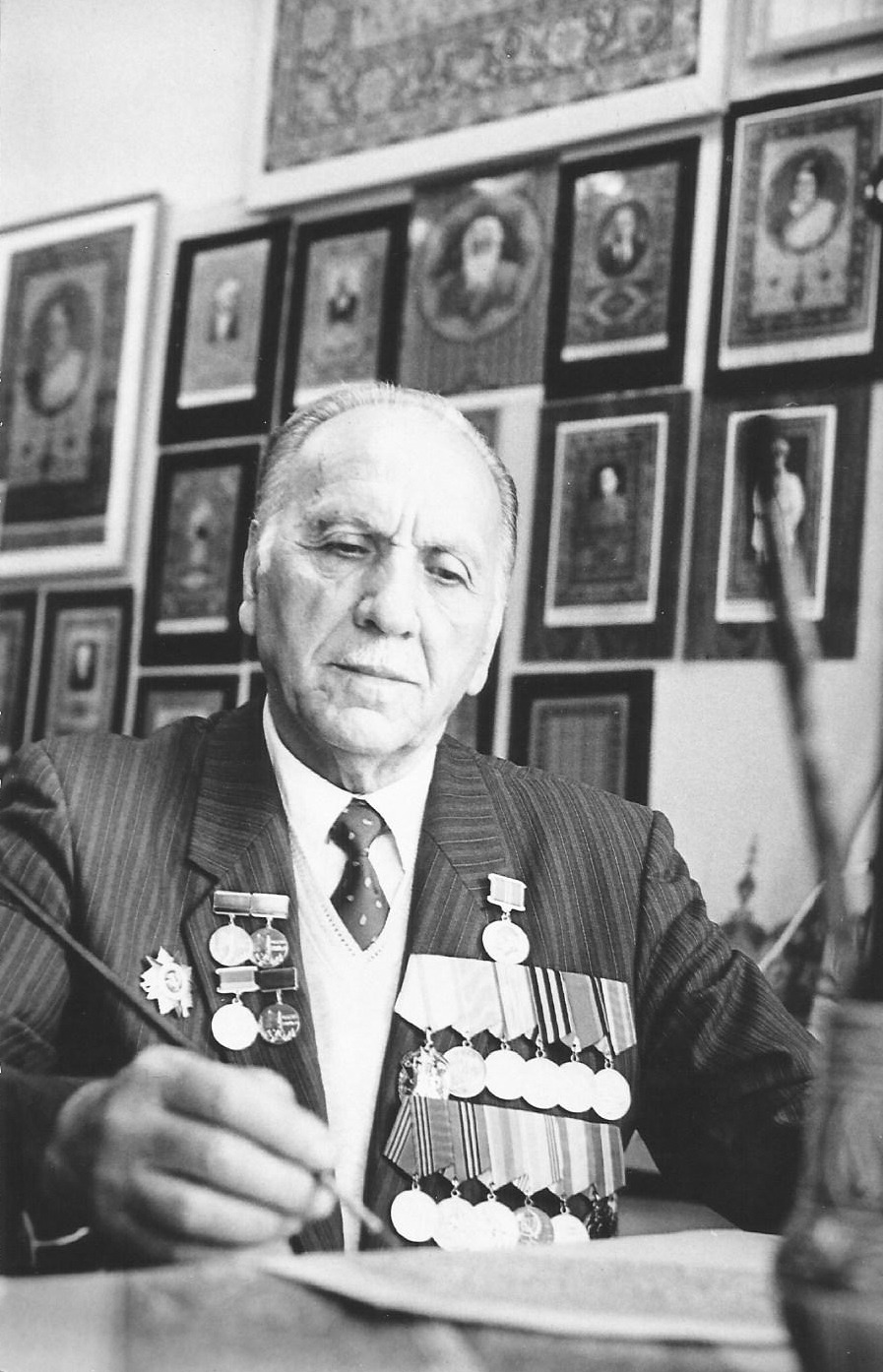Join Our Community!
Explore the fascinating world of carpet weaving with Azerkhalcha – stay connected for the latest updates and news on exciting projects, blending heritage and creativity.
Carpet weaving is a highly developed form of Azerbaijani decorative applied art. Archaeological excavations in Azerbaijan have revealed needles, awls, spindle whorls, and other tools from the Eneolithic era that were used in the weaving process.
The diversity and perfection of Azerbaijani carpets, which range from simple to more complex forms, were described by ancient historians and medieval travelers. Carpet art has flourished across the country since ancient times. While carpets and carpet products were originally created for domestic use, they eventually became export items due to the development of economic ties with various countries. Additionally, the finest carpets, produced in palace workshops, were used as gifts for high-ranking individuals to enhance diplomatic relations between nations.
In ancient times, people made mats using plant fibers, branches, reeds, and other materials. Azerbaijan's abundant natural resources provided the materials needed for making these products. Over time, carpets developed from flat-woven to piled carpets. Flat-woven carpets include palas, kilim, zili, ladi, jejym, shedda, verny, and sumakh, and their weaving involves simple and complex threading and wrapping techniques.
Piled carpets represent the highest form of hand-weaving art. Azerbaijani carpets are generally classified into four types: Guba-Shirvan, Ganja-Gazakh, Garabagh, and Tabriz. Carpets made in different regions of Azerbaijan vary in composition, color, and ornamentation.
The world's oldest surviving pile carpet was unearthed in the Fifth Pazyryk Barrow in the Altai Mountains and is now on display at the acclaimed Hermitage Museum. This exceptional artifact, believed to have been woven for the burial of a Tatar tribe leader, utilized a symmetrical knot (turkbaft) technique that is still extensively employed in contemporary carpet weaving.

Over the last centuries, the demand for Azerbaijani carpets increased worldwide. In its turn, it led to further development of carpet weaving and the establishment of carpet weaving artels and workshops. In 1925 as a result of uniting several workshops and artels “Azerkhalcha” Carpet Union was created first time in the history. The establishment and development of carpet weaving art is closely related with the name of Jabrayil Ahmadov, prominent carpet artist and merchant, who wrote his name in history as the founder of "Azerkhalcha" Carpet Union.
Later Azerbaijani carpet weaving art kept its development in several ways and became multifaceted.
“Azerkhalcha” Scientific and Creative Production Union was established in 1952. Then it was subordinated by the local Ministry of Industry as the only union specializing in carpet manufacturing. An experimental artistic laboratory aimed at researching characteristics of carpet weaving operated under the union. The activity of this laboratory is directly related to the name of Latif Karimov, the People’s Artist of Azerbaijan, carpet weaver and artist, the founder of the scientific and research theory of Azerbaijan carpet weaving art. Azerbaijan carpets were long classified either as oriental carpets or under the term "Caucasian." However, L. Karimov's academic research has brought these treasures back to their origins, demonstrating that around 98% of the so-called Caucasian carpets, now showcased in museums worldwide, are actually Azerbaijani.
To achieve the goal of bringing attention to all the knowledge, discoveries, tangible experiences, ornaments, compositions, types, schools, and varieties of Azerbaijani carpets worldwide, Latif Karimov published the first volume of his book "Azerbaijani Carpets" in 1961, followed by the next two volumes in 1983.
This book was republished in 2022 as part of the Xalq Bank's "The National Heritage" project, in collaboration with Azerkhalcha.
Thus, Azerbaijani carpet weaving had gained significant fame in the world art scene by the late twentieth century, leading UNESCO to hold an International Symposium dedicated to Eastern carpet art specifically in Baku.
Latif Karimov's direct involvement led to the establishment of the Azerbaijan Carpet Museum, which stands as the largest of its kind worldwide and in the East. This vision was realized in 1967. With significant support from the national leader Heydar Aliyev, the first permanent exhibition of the museum was held in 1972, marking the beginning of its journey.
Latif Karimov used to tell his students: “Cherish the carpet. It's a constant companion that never leaves you stranded, never lets you down. The carpet always protects, defends, helps, and brings joy to you!”

The Azerbaijan Carpet Museum, the largest carpet museum in the world, opened its first permanent exhibition in 1972 with significant support from National Leader Heydar Aliyev. Latif Kerimov, a prominent figure, often imparted wisdom to his students, "Cherish the carpet. It is a constant companion that will never leave you, never let you down. The carpet always protects, guards, helps, and brings joy!"
Researchers and artists Djafar Mudzheri and Gulam Babai made noteworthy contributions to the technological aspects of Azerbaijani carpet production.
Additionally, talented artist Kamil Aliyev played a crucial role in the development of Azerbaijani carpet weaving, dedicating his life to preserving traditions and advancing the "Azerkhalcha" Union. For a decade, from 1995 until his passing, Kamil Aliyev served as the chief director of the Production Association "Azerkhalcha”, dedicating his life to preserving and advancing the traditions of carpet weaving.
Under the Decree of the President of the Republic of Azerbaijan, Ilham Aliyev, dated May 5, 2016, the Open Joint Stock Company "Azerkhalcha" was established. "Azerkhalcha" has since expanded to 14 branches in various districts of Azerbaijan including Guba, Nardaran, Absheron, Terter, Goradiz, Shamkir, Khachmaz, Aghdam, Ismailly, Gabala, Gazakh, Shabran, Kurdamir, and Lankaran.

As of March 18, 2021, Emin Mammadov, a Honored Art Worker, has been serving as the chairman of the board of OJSC "Azerkhalcha." The company is currently involved in active and noteworthy projects alongside contemporary artists and designers. Furthermore, "Azerkhalcha" is reviving traditional carpet weaving methods with a modern twist, integrating new artistic approaches and collaborating with conceptual artists to create innovative carpet designs that honor tradition.

Explore the fascinating world of carpet weaving with Azerkhalcha – stay connected for the latest updates and news on exciting projects, blending heritage and creativity.